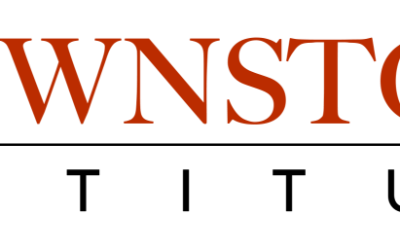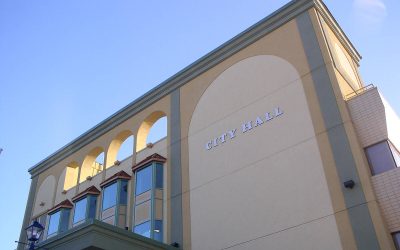The Aboriginal Governance Index (AGI) was the brainchild of the Frontier Centre for Public Policy, a Winnipeg-based think tank that has carved out a provocative niche on native issues — not only in educating the public at large, but also in broadening the dialogue about better policy within aboriginal communities.
Several years ago, as First Nations moved toward selfgovernment, the Frontier Centre developed the idea of polling residents on reserves to obtain a more accurate picture regarding the way in which each community was governed: its elections, administration, human rights, transparency, services and economy. As Kevin Libin wrote in Saturday’s installment of the ongoing National Post series, “Rethinking the Reserve,” shortfalls in all of these areas are hindering native progress.
This polling program was intended as a positive move to assist First Nations in moving forward toward self-sufficiency and independence from the federal government. From the feedback we are receiving, it seems to be working.
This was the second year of travelling to each Manitoba reserve to visit with the people and band councils, and the first year in Saskatchewan; a total of 113 reserves participated in the survey. The first year in each province was very challenging, with First Nations leaders skeptical of this independent governance index. But attitudes changed for the better in year two in Manitoba, as the vast majority of First Nations leaders and their people welcomed us into their communities; band leaders assisted in finding accommodations while band members assisted in the survey undertaking. Most were aware of who had scored the highest on last year’s governance index, as well as their own reserve’s rating. We received comments such as: “This is the path we must go down” and “You are doing the right thing.” Many communities were setting goals for improvement.
Sadly, however, there are certain reserves that do not want anyone to know what occurs in their communities. An example of a community that did not allow surveying was St. Theresa Point, 600 km northeast of Winnipeg, where local gangs had recently viciously assaulted a young man. The community was under lockdown, with all residents required to be off the streets by the 10 p.m. curfew. The only other people at the local motel at this time were 16 RCMP members brought in to maintain some control over the 2,200-member community — one Mountie for every 140 people. Band members expressed relief that the RCMP was in the community, but were afraid of what would happen once they left the reserve. The chief was on local television, talking to his people from the band office; a sad statement indeed. He should have been holding an open meeting with the people through this stressful time.
This chief had me escorted to the band office by what they call the band police, another sad spectacle involving dysfunctional policing. The chief kept referring to me as a “reporter,” and did not want the band’s current situation revealed. I was asked to leave the reserve. Under a dysfunctional leadership, with gangs obviously in control, this was the most depressing First Nation I have ever observed.
Manitoba and Saskatchewan First Nations appear similar in many ways. Both provinces have excessively high complaints of unfair or fraudulent elections, as well as below-standard levels of education. The lack of funding for post-secondary education and decentralization of funding dollars may be the culprits, with an estimated 25 to 30 people on any given First Nation awaiting funding to further their education. Most respondents rated their reserve administration very poorly for transparency and the economy, reflecting a culture in which government is not accountable, and employment opportunities are scarce. Lack of human rights also plague far too many reserves, while a third-world lack of quality health care means, in many cases, that Aspirin and Tylenol are given as fix-alls for every health complaint.
The light at the end of the tunnel appears to be getting brighter regarding economic development as more First Nations move into the private sector both on and off their reserves. Innovative leaders are seeing the huge potential of investing in outlying communities, creating employment and generating much-needed revenue for their people. Another positive phenomenon is that forward-thinking reserves are inviting speakers such as Clarence Louie of British Columbia’s Osoyoos Indian Band to speak to their people regarding the way his reserve went from third-party management 20 years ago to complete selfsufficiency, making it one of the most successful First Nations in Canada today.
The Aboriginal Governance Index is the only independent assessment of governance issues on First Nations in Canada. This year, it will expand to Alberta and our hope is to broaden it further going forward. I hope it will help identify best practices and assist people in regaining more control from their leaders and a higher quality of living on reserves everywhere.



